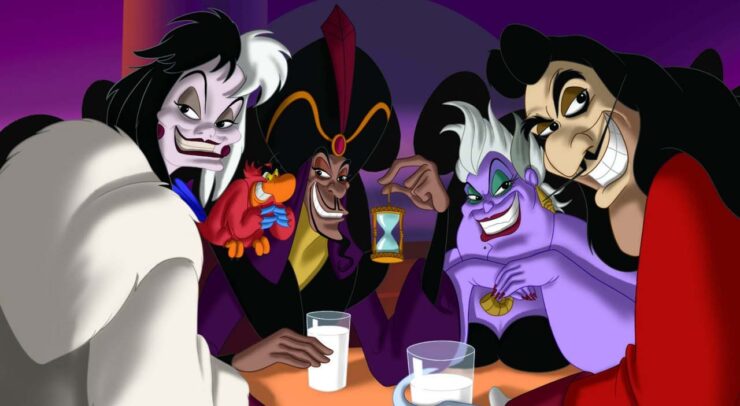Make Elsa a lesbian
We’ve all heard the debate before surrounding this so-called ‘controversial’ question: should Disney make Elsa a lesbian?
People often don’t pay this debate any mind, dismissing it as an insignificant issue as it’s ‘only about a kids’ movie. However, people don’t realize the adverse effects that a lack of queer representation may have on queer children growing up, and how this debate is more complex than it appears.
One of the most common arguments made by those opposed to having queer characters in children’s movies is that having queer representation on TV pushes non-heteronormative sexualities onto children. This opinion is highly problematic for an abundance of reasons, especially since it pushes the age-old idea that sexuality is a choice. The fact of the matter is that people are born to be whatever sexuality they are and nothing changes that — not even the media they consume at a young age. This logic is also extremely contradictive, as every queer person today grew up consuming media featuring heterosexual relationships.
Having queer representation in movies for children is so essential in helping queer kids feel seen and — quite frankly — feel ‘normal.’ I know that, in my case, I grew up feeling lost and confused because of the lack of queer characters on my TV screen. I understood from a very young age that I was not straight. Still, due to the lack of queer representation in media, I thought there was something wrong with me and that I was ‘broken.’ It’s because of these occurrences that I, as a 19-year-old queer man, still face internalized confusion today as to whether or not I’m ‘just like everybody else.’
It is vital that queer kids have role models that they can look up to in order to feel seen and represented. By doing so, queer children will grow up with less internalized homophobia and, therefore, will have a greater chance of coming to terms with their sexuality earlier and quicker.
To be fair, there have been queer characters in Disney movies before. However, this is not always explicit. If you assess many of the villains featured in Disney movies, you’ll come to find that they are heavily queer-coded. In essence, this means that many Disney villains possess characteristics, whether in their personalities or physical appearances, that have historically been associated with queer people.
For example, Ursula, the antagonist in The Little Mermaid, is based on a famous drag queen named Divine, which is evident through their uncanny appearance and personality type. Other villains often seen as being queer-coded include Cruella DeVil, Maleficent, Scar, Jafar, and the list goes on. Having these villains possess stereotypes associated with queer people is highly damaging, as it villainizes those characteristics and generates homophobia among both queer and straight children.
It’s about time that queer people were adequately represented in children’s movies. Queer characters should take on more crucial protagonist roles instead of either being blatantly forgotten or cast as villains.
So next time you think to yourself, why people care so much whether Elsa is a lesbian or not, understand the significance of having a prominent and influential character representing the queer population. Elsa being established as queer will not only help straight children accept queer people, but it will also help queer children accept themselves.





